
A study by the Scottish BiGGAR Economics has shown that the ETH Domain makes a significant contribution to the competitiveness and value added to the Swiss economy. The study provides evidence of the socio-economic benefit of spin-offs. Spinoffs are estimated to employ 6,600 people and generate CHF 1.6 billion turnover.
Apart from ETH Zurich and EPFL the ETH Domain comprises of four more institutions namely, Paul Scherrer Institute (PSI), Swiss Federal Institute for Forest, Snow and Landscape Research (WSL), Swiss Federal Laboratories for Materials Testing and Research (Empa) and the Swiss Federal Institute of Aquatic Science and Technology (Eawag). With total income of CHF 3.6 billion (2016), the ETH Domain has a workforce of 21,000 employees (around 18,000 full time equivalents), more than 800 professors and 30,000 students and Doctoral students.
Last year, the ETH Board assigned BiGGAR Economics, an economic consultancy firm based in Edinburgh, Scotland, to assess the impact and economic contribution of the of the institutions of the ETH Domain on the economy of Switzerland and beyond.
Economic contribution was analysed based on five themes: (1) core contributions, including direct effects, supplier effects, staff spending and capital spending; (2) student-related contributions; (3) the tourism contribution; (4) the life-time productivity gains from teaching and learning delivered by the ETH Domain on graduates; and (5) the contribution arising from the commercialisation and knowledge transfer activity undertaken by the ETH Domain members.
Evidence provided by the study has shown that the ETH Domain plays a fundamental role in the Swiss economy. Combined, core activities, student contribution and tourism generated a total of CHF 6.53 million in GVA (Gross Value Added) which makes up 49% of the total contribution of the ETH Domain to GVA generated in Switzerland in 2016.
Another vital aspect is knowledge transfer with companies from the private sector and with public authorities. With research and development, institutions of the ETH Domains continue to enhance Switzerland competitive advantages as an innovation hub. They provide companies with access to world-class large-scale research facilities, continually invent new scientific insights and achieve technological breakthroughs that lead to new and often disruptive technologies. These attract foreign international investment from industry leaders such as Google, Disney and Nestlé that have established research centres in Switzerland, in close proximity to or in partnership with members of the ETH Domain.
Commercialisation - Spin-off Companies
The institutions of the ETH Domain support the formation of new businesses based on intellectual property developed at the institutes. The spin-off companies make an economic contribution to Switzerland through the turnover they generate and the employment they support.
In 2016 there were an estimated 659 active spin-out companies of the ETH Domain. The survival rate of ETH Domain spin-off companies is well above average. All spin-off companies created prior to 2016 that continue to be active in 2016 have been included in this contribution. This is because these companies are generating turnover and supporting employment in 2016.
The spin-off companies of the ETH Domain were estimated to employ 6,600 people and generate CHF 1.6 billion turnover. The total economic impact is the sum of the GVA and employment contribution of the spin-off companies themselves and the activity that these companies generate within their supply chain and through the spending of their staff. This has been estimated to be CHF 2.1 billion GVA (Gross Value Added) and 21,614 jobs in Switzerland and a further CHF 190.2 million GVA and 2,772 jobs outside the country.
Further information on the study can be retrieved on the ETH Board website.
About ETH Domain
The origins of the ETH Domain members date back over 150 years to 1855 when ETH Zurich was formed as a national education institution of international standing attracting talent from all over the world. EPFL in Lausanne can trace its origins back to 1853 when it began as a private technical school. Empa and WSL also have origins that date back over 100 years while Eawag is over 80 years old. Along with PSI which was established in 1988, all of these institutes were formed with a mandate to drive, research and knowledge in their respective fields and to find and disseminate solutions to identified national and global issues.
About BiGGAR Ecominics
BiGGAR Economics is an independent economic development consultancy based near Edinburgh in Scotland. Over the past decade, the company has become recognised for its market and thought-leadership on the contribution of higher education and research institutions at a regional, national and global scale. The methodology followed is one that has been in wide usage for at least 20 years. During that time, BiGGAR Economics has worked with more than 70 leading institutions and groups of institutions in the UK, Ireland and Europe, assessing historic, current and potential future economic contributions.
(RAN/SK)


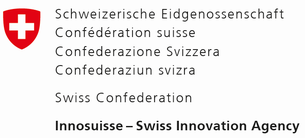
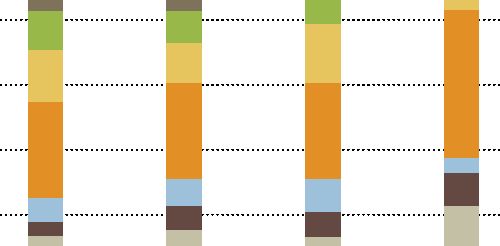

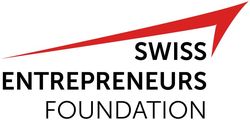











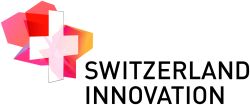




















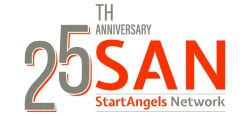










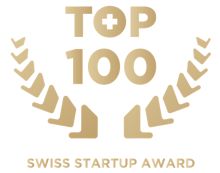





Please login or sign up to comment.
Commenting guidelines